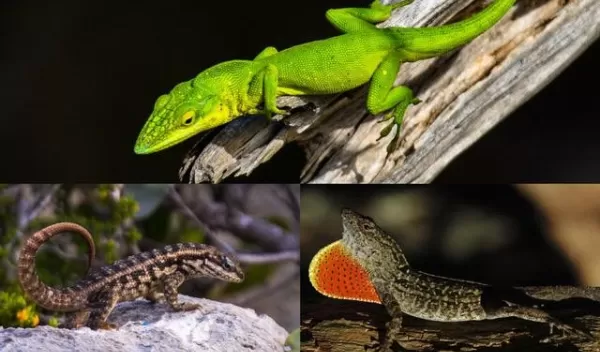
To find out how invading predators change an ecosystem, watch their prey
Invading predators can devastate an ecosystem. In fact, a leading cause of extinction is the introduction of predators into an isolated place like an island or a lake.
The destruction is usually blamed on the predator's eating choices, but sometimes the key is the prey animals' responses, according to a team of researchers led by ecologist Robert Pringle at Princeton University and colleagues at the University of Florida and other institutions.
"You can't understand predator-prey interactions -- or how predators will affect biodiversity and ecosystems -- without understanding the behavior of the prey," says Pringle. "The ways in which prey change their behavior to avoid getting eaten is a hard thing to predict, but without understanding that, you can't predict anything else."
To tackle the question, the team used three lizard species: the predatory curly-tailed lizard and two prey species, green anoles and brown anoles. The results appear in the journal Nature.
The researchers traveled to 16 small islands in the Bahamas, which they used as experimental ecosystems. The brown anoles were established on all 16. The biologists introduced the other two lizards separately or in combination.
"It's so rare in ecology to be able to manipulate whole ecosystems," Pringle says.
Adds Betsy von Holle, a program director in NSF's Division of Environmental Biology, which funded the research, "classic ecological theory suggests that predators promote prey diversity by reducing populations of abundant prey species. These researchers tested this hypothesis and found that, on the contrary, populations of a prey species were reduced after a predator was introduced -- not by getting eaten, but by shifting habitat to avoid the introduced predator. The introduction of a predator can decrease species coexistence."
